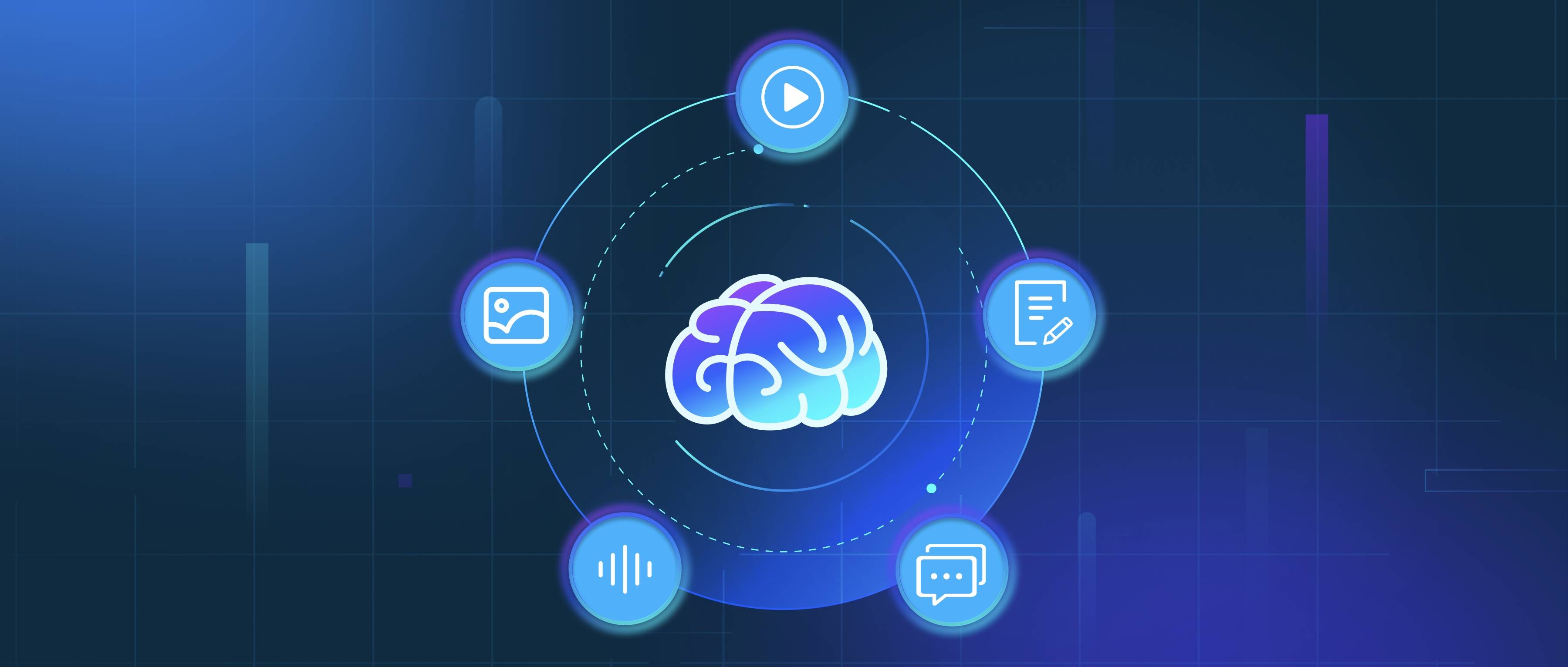Real-time data streaming presents several challenges that developers and technical professionals must navigate. One of the primary challenges is ensuring data integrity and accuracy. As data flows continuously from various sources, it can become corrupted due to network issues or system failures. For instance, if a sensor in an IoT device disconnects momentarily, it might send outdated or incorrect readings. Developers must implement validation and error-handling mechanisms to filter out noise, duplicate entries, and inconsistencies to maintain reliable data flow.
Another significant challenge is scalability. As the volume of incoming data grows, systems must be able to scale up to handle the increased load without sacrificing performance. For example, a financial services application that analyzes stock market data in real-time must accommodate sudden spikes in trading volumes during market events. This requires careful architecture planning, such as choosing the right distributed computing frameworks (like Apache Kafka or Apache Flink) and ensuring that resources are efficiently allocated to process this data without delays or bottlenecks.
Additionally, latency can be a critical hurdle in real-time streaming applications. Many use cases, such as fraud detection or stock trading, require decisions to be made almost instantaneously. If the processing framework introduces delays, it undermines the effectiveness of the application. For instance, if a fraud detection system takes too long to analyze transaction data, it could result in significant financial loss. Developers need to optimize their data pipelines and processing algorithms to minimize latency, which often involves making tough trade-offs between complexity, resource usage, and real-time processing capabilities.
